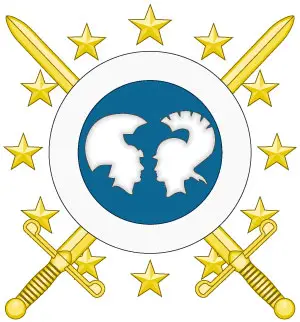The Internet of Military Things (IoMT) presents widespread opportunities, including enhanced efficiency, real-time decision-making, and improved situational awareness. The IoMT is “driven by military informationization requirement and information technology development. It consists of an information system capturing the physical attributes and state information of military people, equipments and materials by various information sensing means, connecting all kind of operation elements and environment elements as an organic whole by standard communication protocols to process, control and apply intelligently” (Yushi et al., 2018: 632).
Within the European Union, potential IoMT applications in Member States’ armed forces and EU Common Security and Defence Policy (CSDP) missions are substantial, for example, in streamlining logistics and optimising the allocation of resources. Simultaneously, the IoMT brings significant challenges, such as cybersecurity vulnerabilities, and IoMT devices lack common standards ensuring interoperability. These challenges necessitate proactive measures and robust regulatory frameworks to mitigate vulnerabilities and handle threats while ensuring IoMT integrity and reliability.
It will analyse the cybersecurity vulnerabilities of IoMT devices and how these can threaten operational security. It then explores the lack of interoperability standards in IoMT-connected devices and argues the need to develop and ensure a common framework. The conclusion prescribes policy recommendations for facilitating operational security and common standards in the IoMT.
Read the full publication at the original link
About the author:
Marina Tovar Velasco works at Finabel’s research department

